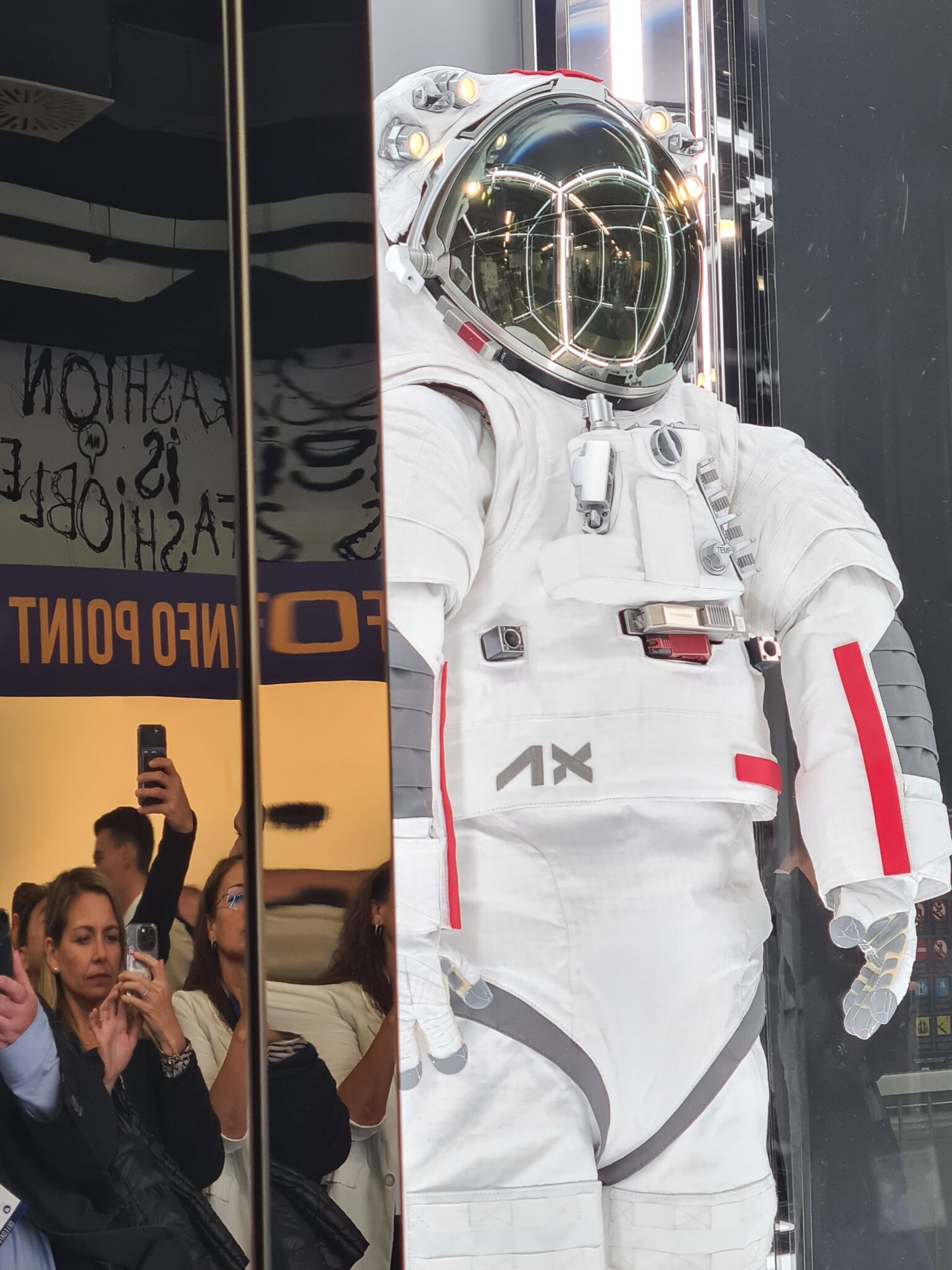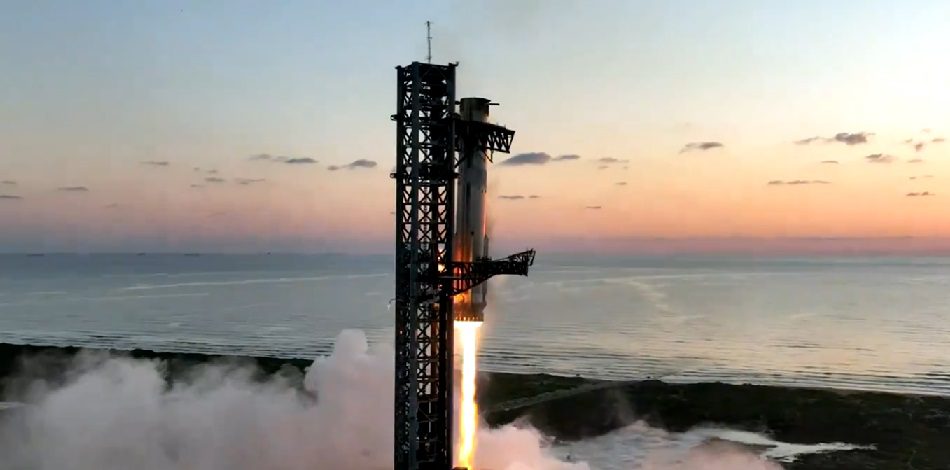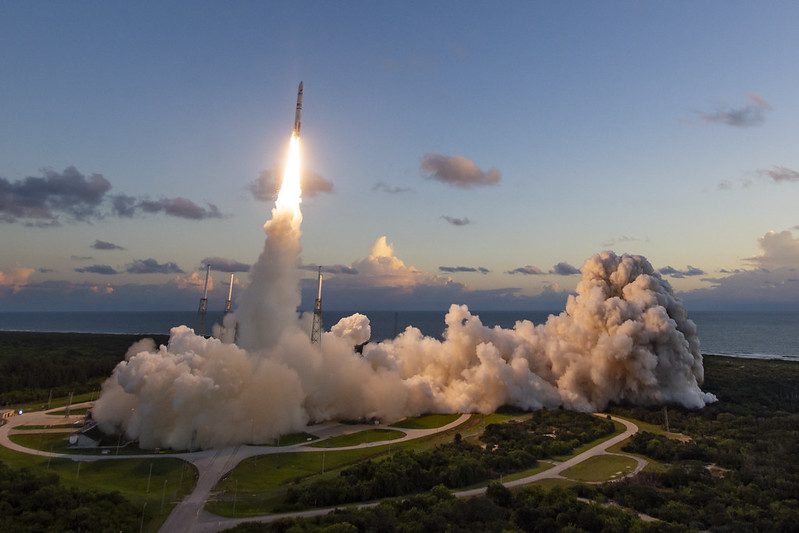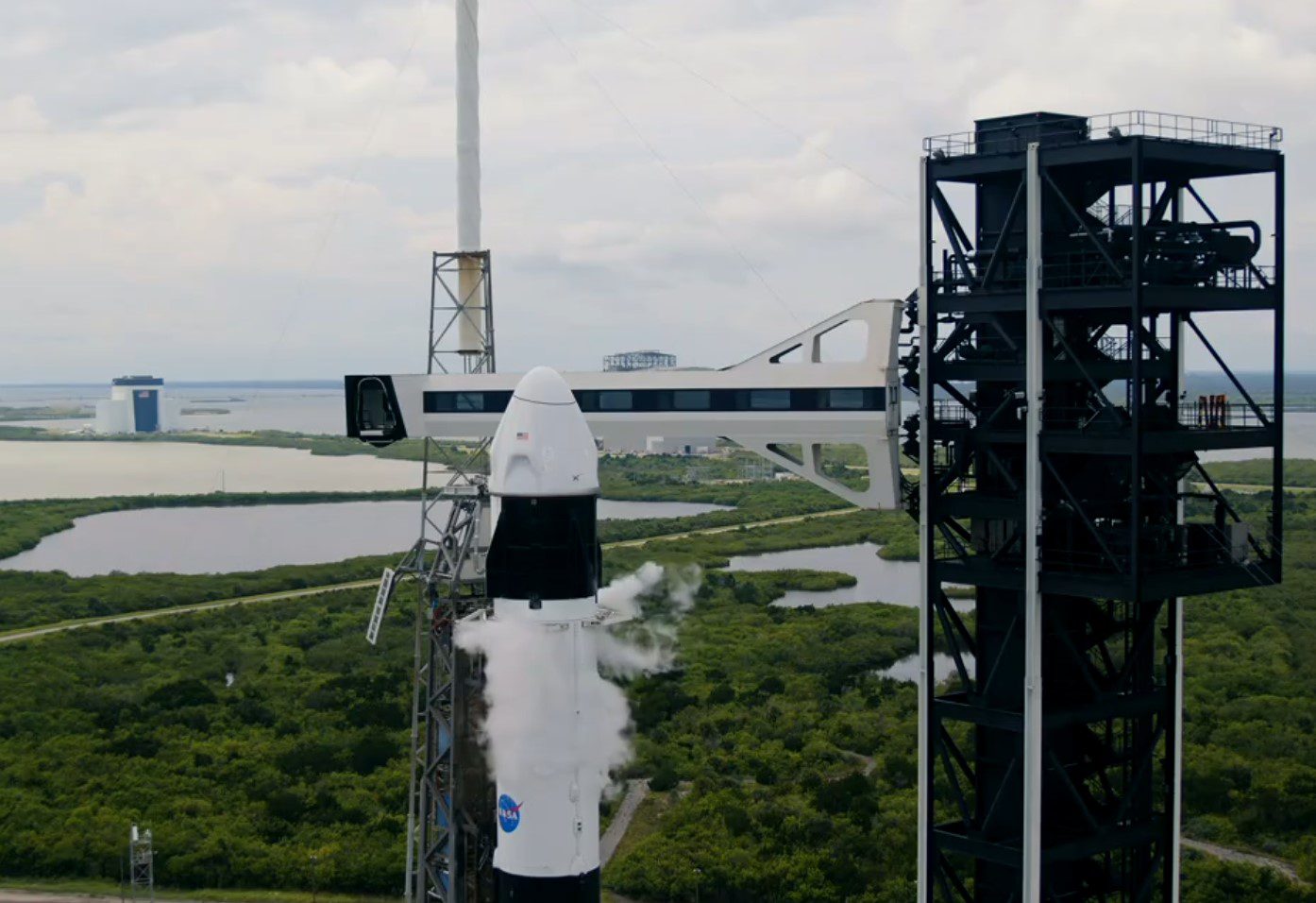While space experts (including this column) had tipped the more sophisticated Sierra Nevada Corporation (SNC) Dream Chaser, in the end NASA “played safe” and went with two simpler low-development risk commercial spacecraft designs to launch its crews into orbit.
Boeing and SpaceX were formally selected as winners for the Commercial Crew Transportation Capability (CCtCap) funding under fixed price contracts. US$4.2 billion was awarded to Boeing to build and fly on an Atlas V demonstration flight its CST-100 capsule which will be able to land on land or water using its parachutes and airbags. Meanwhile, Space X was awarded US$2.6 billion to build its new V2 version of the current Dragon capsule up to and including a demonstration flight on the firm’s Falcon 9 V1.1 launch vehicle. That capsule will initially use water splashdowns but will eventually employ SuperDraco rockets to make rocket powered landings – albeit with parachutes as an emergency back up.
While the decision is a blow to Sierra Nevada Corp. (SNC), the firm still plans to build the spacecraft to launch condition. Space News provides a full version of the decision and the CCI funding history here: http://www.spacenews.com/article/civil-space/41891nasa-selects-boeing-and-spacex-for-commercial-crew-contracts
Update on 25 September 2014: Sierra Nevada Corp has had a partial lay-off of its workforce working on the Dream Chaser, with 100 employees reportedly losing their jobs.
Comment by David Todd: We got our tip that Dream Chaser would win completely wrong. But that does not mean that NASA has got it right. It has not. In the longer term, the HL-20-based mini-shuttle would have been the best design for safe and economic operations. It had the lowest re-entry “g-load” on its passengers, and a much greater cross-range capability. Of course, NASA’s decision could be construed as “playing safe” given that a space plane has higher initial technical, financial and delay risk. However, as we pointed out, the rocket-powered landing technique that the Dragon V2 eventually hopes to use, could be very hazardous to its crew. At lower altitudes, there might not be enough time to switch to the back up parachute system in the event of a multiple SuperDraco engine failure.
The problem SNC had was that Dream Chaser was always going to be last into orbit when compared with the two simpler capsule designs. In addition, recent strained political relations with Russia meant that NASA did not want two of its manned spacecraft to be flying on the same Russian-engine powered Atlas V rocket, which the Dream Chaser and Boeing CST-100 would have shared. Perhaps the writing was on the wall at the last commercial crew programme funding round, when Sierra Nevada only got half the amounts that Boeing and SpaceX received.
While SNC will be disappointed, one other outfit who will also be rueing Boeing’s win: Lockheed Martin. It originally beat Boeing in the long range exploration Orion capsule competition. This is because the Orion is only likely to have a flight rate of, at best, two launches per year. Meanwhile Boeing has cleverly converted its losing capsule design to the CST-100, which will have a likely annual flight rate of up to five times that. With its concomitant flight revenues, it should prove to be a much more profitable spacecraft. Then again, Lockheed Martin might still be able to bask in Orion’s “glory” if it ever does get to travel on long distance space missions.







